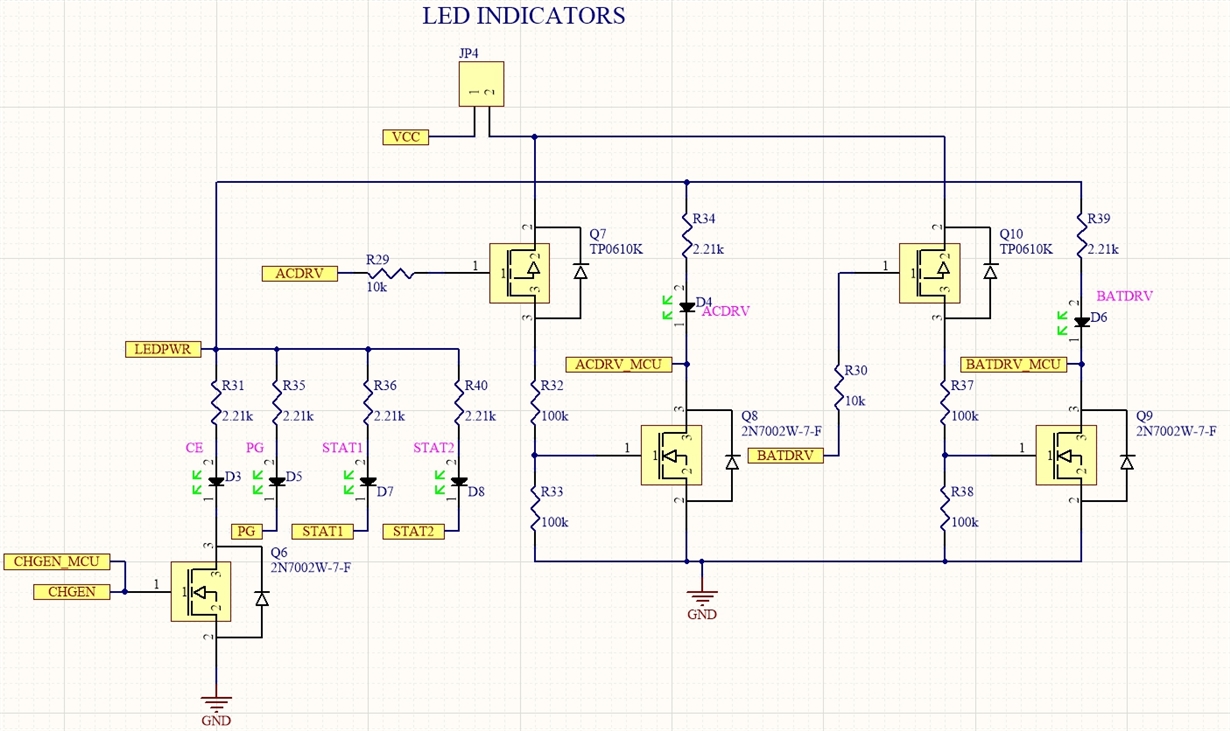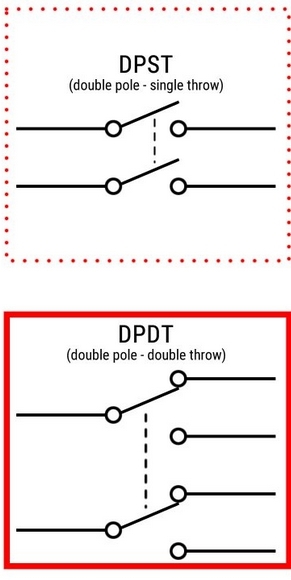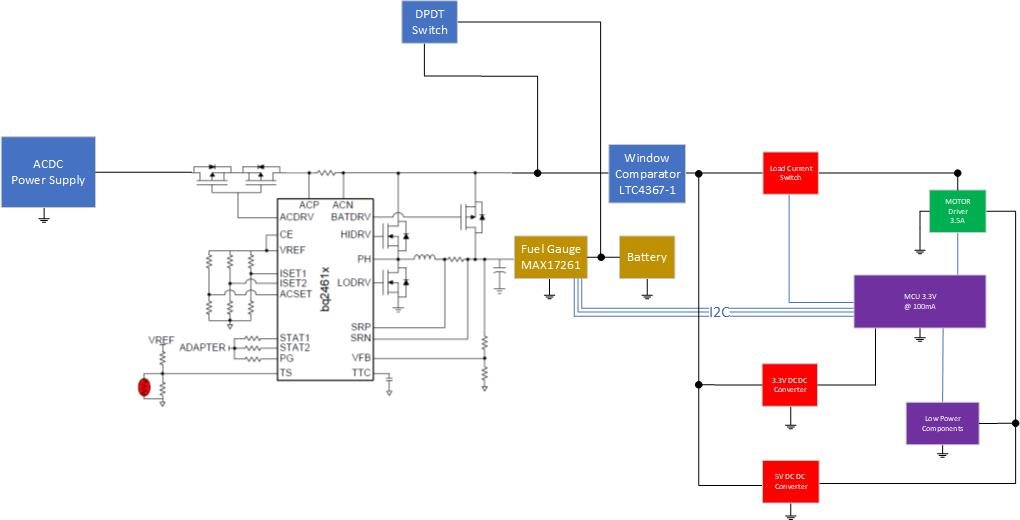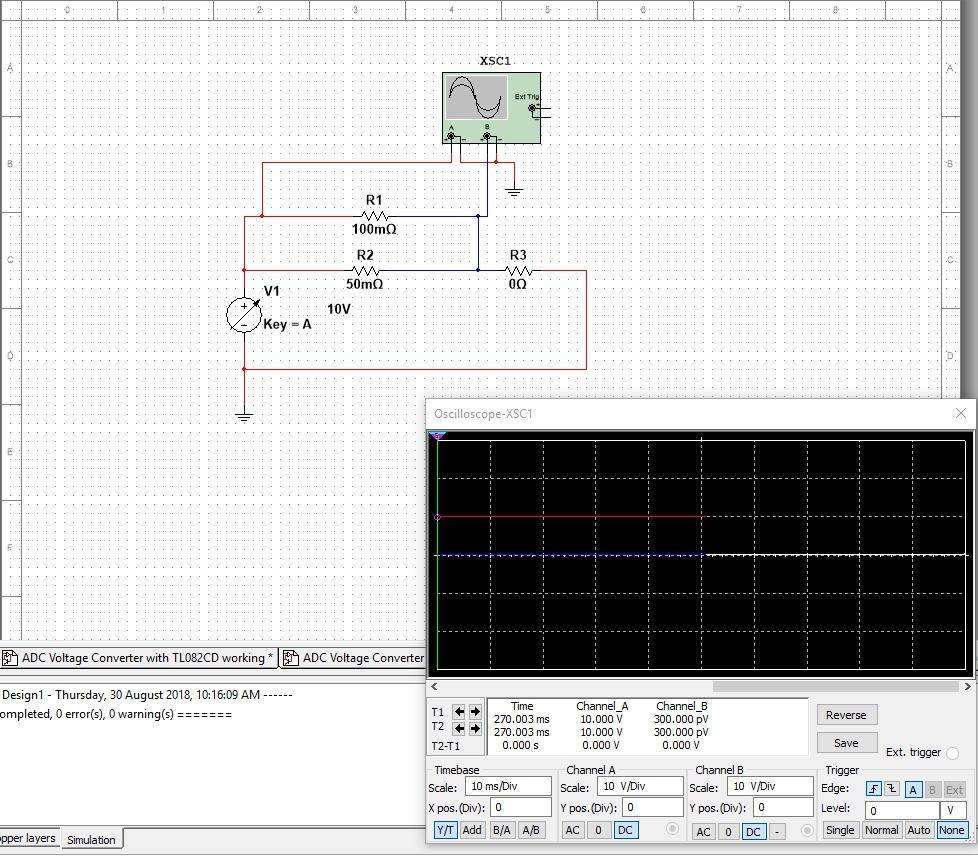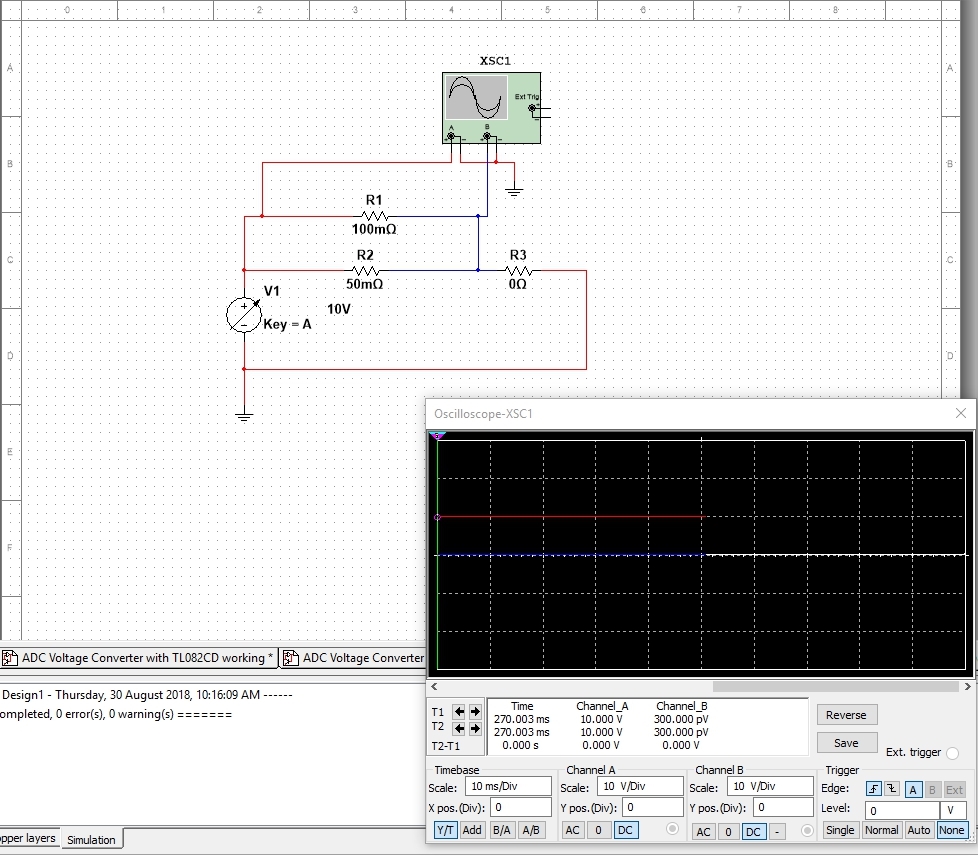Other Parts Discussed in Thread: TPS3701
Hello,
Im going through the BOM and started with building components for the MOSFETs, my first issue I encounter is the description issue for Q1, Q2, Q5 it mentions see note 5 I search the PDF the is no note 5,
Also, When Seraching fo the part SI4401BDY-T1-GE, the closest part I could find is from Digikey (SI4401BDY-T1-E3CT-ND) is SI4401BDY-T1-E3 but the description mentions 'P-Channel 40V 8.7A (Ta) 1.5W (Ta) Surface Mount 8-SO'
Whereby the TI description mentions 'MOSFET, PChan, -40V, -18A, 9.2millohm'
Further to this, the second part mentioned is the FDS4141 again on Digikey (FDS4141-F085CT-ND) the part comes as described as 'MOSFET P-CH 40V 10.8A 8-SOIC'
Please advise what part would be best to use and if the TI description can be updated to fix this.
Best regards
Mo




